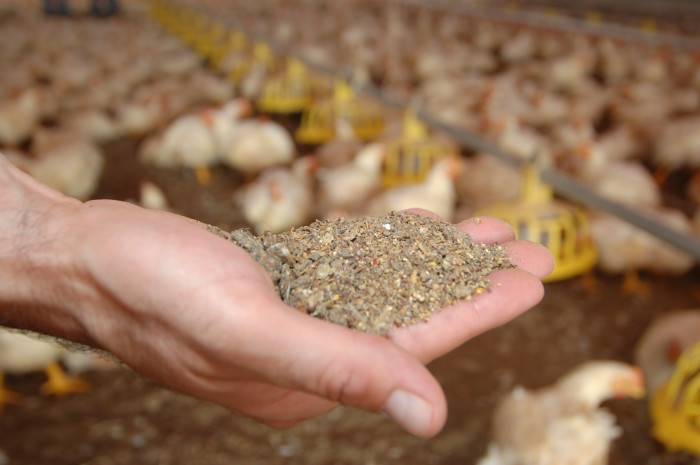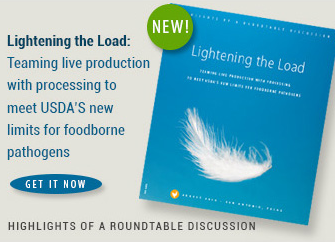New FDA antibiotic guidelines: What’s a VFD?
The Veterinary Feed Directive, or VFD, was developed by the U.S. Food and Drug Administration to help the agency get a better handle on the use of certain therapeutic antimicrobial medications used in feed, primarily to reduce the rate at which resistance develops and thereby prolong medication’s effectiveness.
Previously, VFD applied only to new feed antibiotics. Any over-the-counter (OTC) feed antibiotics registered before 1996 were grandfathered in under old rules.
Under the new FDA guidelines for antimicrobials issued in December 2013, once pharmaceutical companies remove production claims from medically important antibiotics — thereby placing them under VFD status — veterinarians will need to issue a VFD authorizing their use.
Basically, the VFD is a written statement that lets producers obtain and use certain drugs in poultry or livestock feed in accordance with the FDA-approved directions for use. VFD drugs must be used under veterinary supervision and in compliance with the drug’s FDA-approved label.
The VFD process is pretty straightforward. In the past, a licensed veterinarian — one with a “valid veterinarian-client-patient relationship,” as the FDA calls it — visited the farm, assessed the situation and determined whether use of a VFD drug was warranted. If the drug were needed, the veterinarian would issue a signed VFD order.
Under the new guidelines, FDA has relaxed some administrative procedures with the goal of easing the shift from current OTC status to the new VFD umbrella. For example, rather than use a government definition on a veterinarian-client-patient relationship, the agency is deferring to AVMA practice standards — criteria that licensed practitioners use anyway — for defining relationships between veterinarians and their clients.
For more information on VFDs, click here.
Posted on July 4, 2014

















